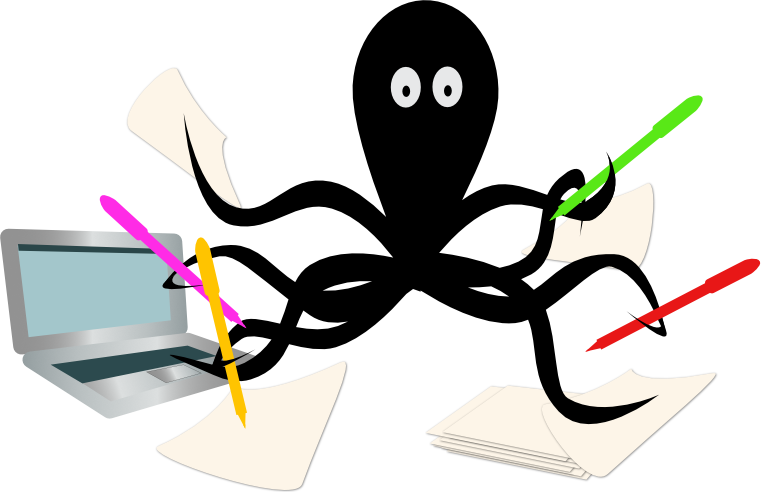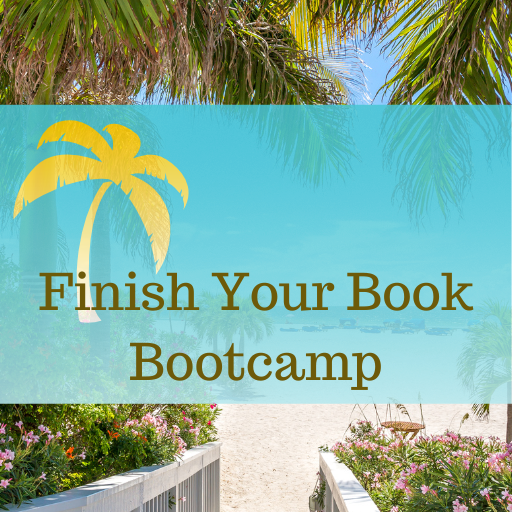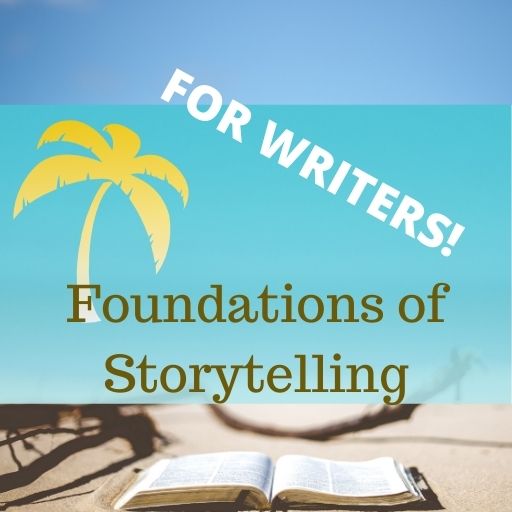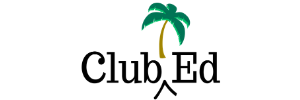How to Write a Nonfiction Book Proposal
For nonfiction authors pursuing traditional publication, they will need to know how to write a nonfiction book proposal.
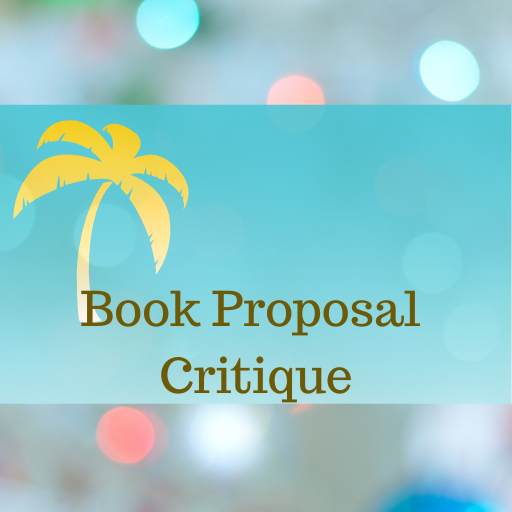
Basics of How to Write a Nonfiction Book Proposal
This is like a business plan for a nonfiction book. It “sells” an agent or acquisitions editor on the book and convinces them to invest in it. It also helps the author create a roadmap for what they will do as they write and promote the book. For self-publishing authors, writing a book proposal first will help them figure out what they need to do to stand out from the crowd.
Elements of a Book Proposal
Essentially, a book proposal contains these sections:
Overview
A narrative section that describes the book and how it will be written, with details such as length, illustrations, and special features.
About the Author
A full description of who the author is and why they’re the right person to write this book.
Marketing/Promotion
A section that defines the proposed book’s audience and outlines the author’s plans for promoting the book, including special marketing hooks/ideas. This should contain action items that the author plans to do (promote the book on their blog, keynote at relevant events) and suggestions for publicity that a publisher wouldn’t automatically know about.
Competition
A comparison section that describe how the book is similar to – and different from – other books that have already been published. If there has never been a book like this one, that’s a very bad sign. This section should include titles that are fairly recent and have sold well.
Chapter Outline
A description of each chapter of the book, usually a couple of paragraphs per chapter. Bullet points help get material across quickly.
Sample Chapter(s)
One or two full chapters showcasing the author’s writing and the subject of the proposed book.
Presenting Your Book Proposal
Some agents and acquisitions editors may want to see a slightly different presentation, which the author can easily accomplish by varying the final format according to specific needs, which can usually be found on their websites.
The author needs to remember that the proposal will be seen by agents and editors who have hundreds of other query letters, manuscripts, and book proposals piled in their email inboxes. They often have assistants screen the pile first. The goal should be to hook them – overworked agents and editors and underpaid assistants – with a well-polished, well-thought out proposal.
Tips for Editors & Writers
-
Eliminating or Reducing Flashbacks in Stories
Eliminating or reducing flashbacks in your story can help with the narrative flow and keep readers interested in what’s ahead – and you want your readers to keep turning the pages! Tips for Eliminating or Reducing Flashbacks in Stories Authors like to use flashbacks to show backstory. Unfortunately, flashbacks can stop the narrative flow in…
-
Open Draft Podcast
I was recently a guest on Fabio Cerpelloni’s podcast, Open Draft, and we talked about writing and editing. He distilled our conversation down to 5 key tips for writers (and editors): 1. You won’t win every fight. And you won’t please every reader. 2. There’s no formula to being a successful writer, but mindset matters…
-
How to Land a Literary Agent
If you’re a writer seeking traditional publication, you probably know that the best way to get that longed-for publishing deal is to find an agent to represent you. This post is intended to help you understand what agents do, why you might need one, and how to find one to represent you. What is an…
Join the Club!
New to story editing? Begin at the beginning.


